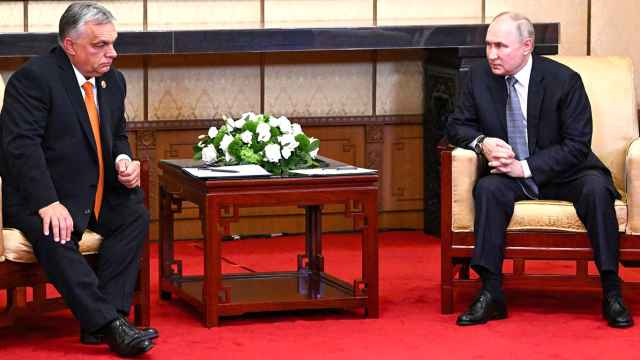
Felix Kugel
Vice-president & Managing Director,
ManpowerGroup Russia & CIS
More businesses are looking to hire employees as the economy rebounds. They may be the same employers that had to lay off workers some years ago to survive the economic downturn. But now that things are looking up again, will they consider rehiring those same workers if they are available?
Rehiring former employees who were laid off in previous downsizings has not always been regarded as an accepted HR practice. But today, nine in 10 employers say they are open to rehiring former employees. There are advantages: their skills are known, they hold institutional knowledge, they likely have established relationships, they understand the organization's culture and their ramp-up time is nominal.
Trends reveal some candidates are being rehired into their former roles on contract or project assignments to complete critical or time-sensitive initiatives. As the economy rebounds, more organizations may look to rehire past employees to respond to market opportunities.
Our latest research found that as many as 18 percent of laid-off workers are rehired by their former employers.
The main three reasons for the organization to do this are as follows: 1) familiarity with the job (37 percent); 2) an understanding of the organization's culture (33 percent); 3) minimization of the likelihood of a bad hire (20 percent)
Only 10 percent of the organizations said they do not hire back former employees.
Tapping former employees can be a win-win talent strategy, as long as the parting was on good terms, the downsizing process was handled with respect and dignity, and the human resource policies in the organization support such an approach.
Here are five best practices that should be incorporated into HR's approach when rehiring former employees:
Build a talent strategy.
The worst time to start looking for key employees is when you desperately need them. Don't wait until there is a gaping hole before starting to think how to fill it. Look to the future and align talent strategies with business plans.
Know your HR policies.
Be familiar with all related HR policies and follow them. Is there a written severance policy or layoff/recall policy? What was communicated to the employees when they were let go? Did the employer (or management representatives) make any promises of re-employment or preferential treatment?
Be clear about long-term needs.
Sometimes it's more prudent to bring back employees on part-time contracts or project-specific assignments and then expand the employees' hours if and when needed. Be clear that job security is based on both employee performance and company's performance.
Clarify the expectations.
Rewrite the job description for each returning employee based on changes to your company. Interview a returning employee as though he or she was a new hire. Discuss expectations on both sides.
Communicate with authenticity.
Communicate with both the existing employee base as well as new hires about why the change in strategy has necessitated bringing in new talent to the organization. Willingness to rethink, backspace, try something new, and change and adapt is a sign of a strong leader. Authentic and credible communication wins loyalty and employee commitment.
A New Focus on Career Management
The employee that was let go previously may now have different career goals from when they were last in your employ. There is nothing like the wake-up call that layoff is to remind people about the need for proactive career management.
Further research we've done in this area highlights that people are attracted by career-development opportunities, attaining work/life balance and working for an innovative company culture. If management doesn't provide employees with these opportunities, then workers are going to take their knowledge and skills elsewhere.
We are working at a time where "one size fits one." HR professionals need to be able to accommodate different lifestyles and work choices, and find ways to balance these with the business needs as well as directly link them to productivity and performance. This influences how organizations attract, engage and retain talent.
Put effort into attracting the best candidates — those who will be engaged and go above and beyond the call of duty and provide advocacy for and commitment to the firm. Employees are looking for a partnership. They want an employer who will invest with them, not just in them.
Employers need to demonstrate they value employees' opinions and contributions, allow them to play active, rather than passive, roles in achieving company goals. The consequence of not taking this approach? Growing employee discontent and lack of engagement.
A Message from The Moscow Times:
Dear readers,
We are facing unprecedented challenges. Russia's Prosecutor General's Office has designated The Moscow Times as an "undesirable" organization, criminalizing our work and putting our staff at risk of prosecution. This follows our earlier unjust labeling as a "foreign agent."
These actions are direct attempts to silence independent journalism in Russia. The authorities claim our work "discredits the decisions of the Russian leadership." We see things differently: we strive to provide accurate, unbiased reporting on Russia.
We, the journalists of The Moscow Times, refuse to be silenced. But to continue our work, we need your help.
Your support, no matter how small, makes a world of difference. If you can, please support us monthly starting from just $2. It's quick to set up, and every contribution makes a significant impact.
By supporting The Moscow Times, you're defending open, independent journalism in the face of repression. Thank you for standing with us.
Remind me later.





